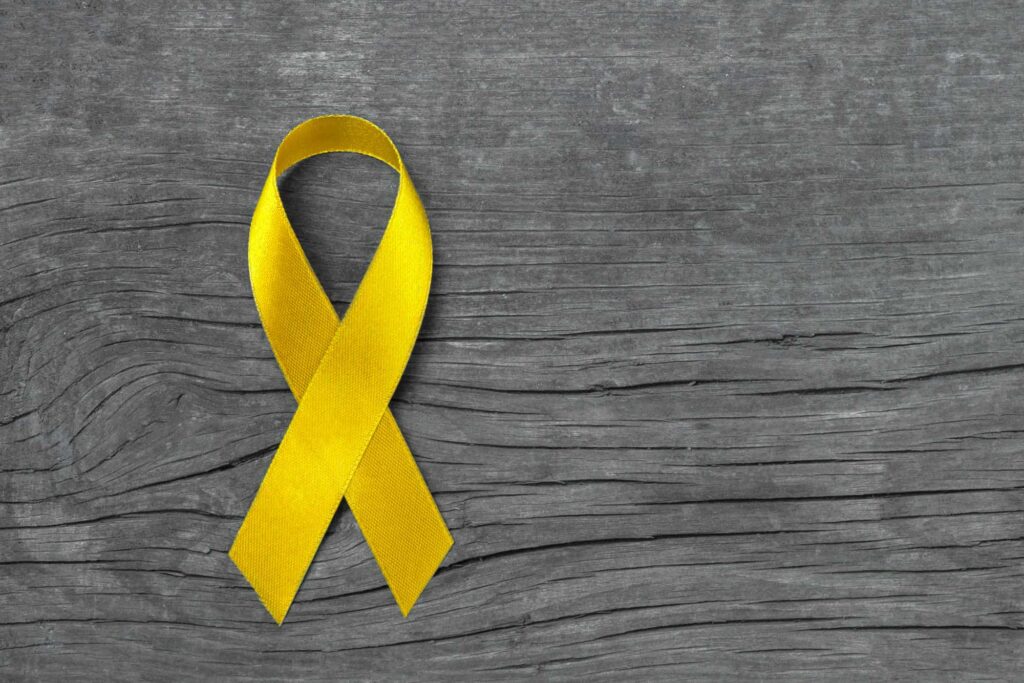Colorado’s struggle with suicide has been a persistent issue, with the state experiencing a 30.2% increase in suicide rates over the past 20 years[1]. While Colorado has made significant progress in addressing youth suicide, moving from the top 3 to 15th in rankings, the overall situation remains concerning.
In 2022, Colorado reported 1,293 deaths by suicide, translating to 21.1 suicides per 100,000 people[1]. This rate places Colorado among the states with the highest suicide rates in the U.S., consistently ranking in the top 10 from 2014 to 2022[4]. The state’s highest rate during this period was in 2021, at 22.8 deaths per 100,000 people[4].
The impact of suicide extends far beyond statistics, affecting families, friends, and communities. Those closest to individuals who die by suicide are often surprised, having no indication of their loved one’s struggles. This highlights the complex nature of suicide and the importance of understanding its warning signs and risk factors.
Colorado faces unique challenges in suicide prevention. The state’s high suicide rates have been linked to factors such as easy access to firearms, lack of access to care, substance abuse, stress, and the stigma surrounding mental health disorders[4]. In fact, firearms are the leading method of suicide in Colorado, accounting for 71.8% of firearm deaths in the state[7].
Efforts to address this issue are ongoing. The Office of Suicide Prevention in Colorado works on various fronts, including upstream prevention, intervention, and postvention strategies[5]. Community-based initiatives like the Gun Shop Project aim to create partnerships between the firearms community and public health professionals to prevent suicide[11].
My decision for the Gazette to dedicate 2025, in its entirety, to detailing the issue, providing resources, and creating a platform for sharing experiences is an important step. We are excited to be partnering with the Jeffco Center for Mental Health in providing monthly contributions from professionals who will help shed light on the issue and offer valuable resources to those in need.
It’s crucial to remember that help is available. Colorado Crisis Services provides 24/7 support, and organizations like the Second Wind Fund offer access to life-saving therapy for youth at risk of suicide[2]. The American Foundation for Suicide Prevention’s Colorado Chapter also works to deliver innovative prevention programs and raise awareness[8].
For those who have lost loved ones to suicide or are struggling themselves, it’s important to know that you’re not alone. Seeking help is a sign of strength, not failure. The journey of healing and prevention is a collective effort, and every voice and experience shared contributes to breaking the stigma and saving lives.
As we move forward, let’s continue to foster open conversations about mental health, support those who are struggling, and work together to create a community where hope and help are always within reach.
Citations:
[1] https://usafacts.org/answers/how-many-people-die-by-
suicide/state/colorado/
[2] https://thesecondwindfund.org
[3]
https://www.reddit.com/r/AskReddit/comments/2yjrs3/seriousfriends_of_sui
cide_victims_how_did_their/
[4] https://coloradosun.com/2025/01/10/does-colorado-have-one-of-the-
highest-suicide-rates-in-the-u-s/
[5] https://cdphe.colorado.gov/suicide-prevention/youth-and-young-adult-
suicide-prevention
[6] https://imaginemd.com/blog/the-six-reasons-people-attempt-suicide/
[7] https://cdphe.colorado.gov/colorado-gun-violence-prevention-resource-
bank/firearm-injury-and-death/suicide
[8] https://afsp.org/chapter/colorado
[9] https://www.health.harvard.edu/blog/suicide-often-not-preceded-by-
warnings-201209245331
[10] https://www.americashealthrankings.org/explore/measures/Suicide/CO
[11] https://cdphe.colorado.gov/suicide-prevention
[12] https://www.whitewreath.org.au/articles/personal-stories/






